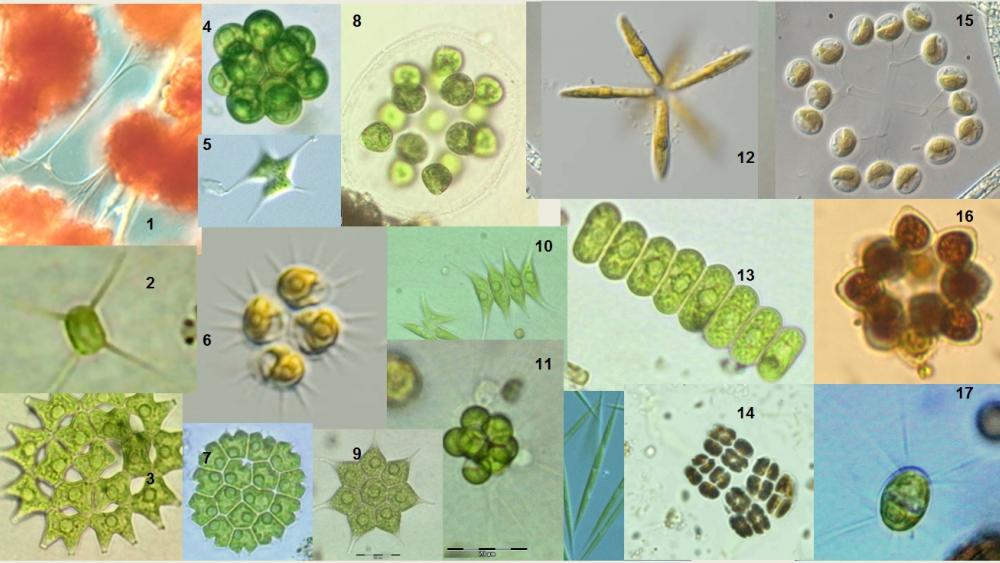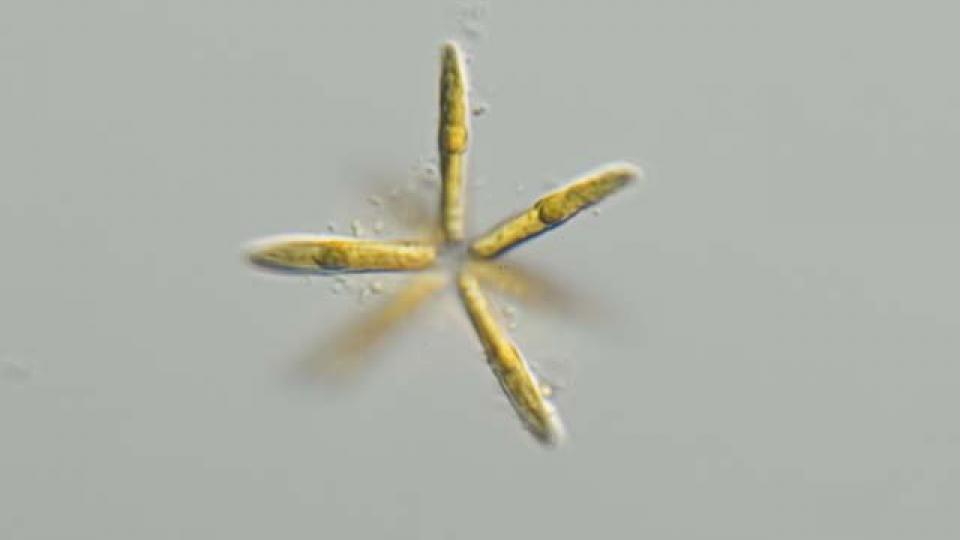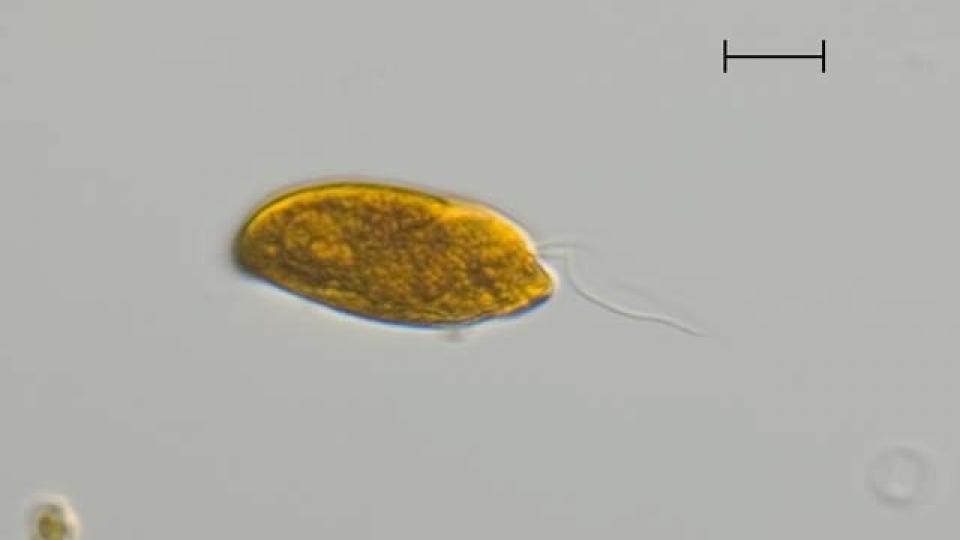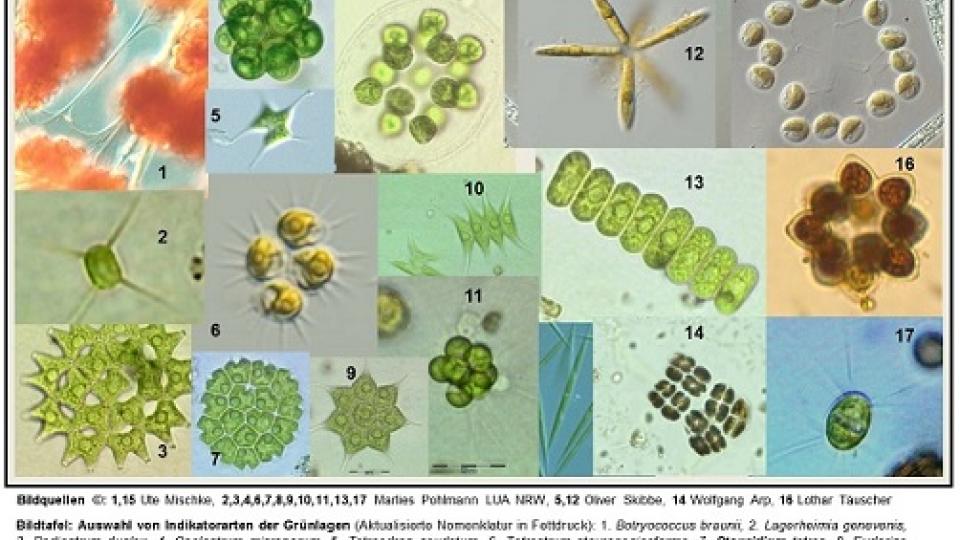Taxaliste Phytoplankton O 2.17
Short profile
Duration

Images ©: 1,15 Ute Mischke, 2,3,4,6,7,8,9,10,11,13,17 Marlies Pohlmann LUA NRW, 5,12 Oliver Skibbe, 14 Wolfgang Arp, 16 Lothar Täuscher
Overview image: Selection of indicator species of the green algae (updated nomenclature in bold): 1. Botryococcus braunii, 2. Lagerheimia genevenis, 3. Pediastrum duplex, 4. Coelastrum microporum, 5. Tetraedron caudatum, 6. Tetrastrum staurogeniaeforme, 7. Stauridium tetras, 8. Eudorina elegans, 9. Monactinus simplex, 10. Acutodesmus acuminatum , 11. Micratinium pusillum, 12. Actinastrum hantzschii , 13. Scenedesmus ellipticus (Corda) Syn. S. linearis , 14. Willea vilhelmii , 15. Hindakia tetrachotoma, 16. Coelastrum astroideum, 17. Lagerheimia ciliata
Aiming to assess the ecological status of freshwaters more than 1,500 and up to 2,500 single samples are analyzed for phytoplankton species composition by free-lancer laboratories and public authorities, mainly sampled from lakes and from large rivers. The biological records are linked to a code for each species according a given taxa list to ensure that calculation tools evaluate the records in a common way to provide the legacy binding index results for ecological status according the European Water Framework Directive. New knowledge of the modern taxonomy (e.g. molecular-genetic analysis) provokes revisions in nomenclature and partly in a change of the systematic position of a taxon. A national workshop focused on this topic imbedded in a preparatory project.
In monitoring praxis-orientated taxa list are in use, which have not to adapt to each publication, but in a comprehensive manner periodically after 5-6 years. In the running project the taxa list of the assessments tools will be updated to the needs for nomenclature revision. The result will be submitted to the general coding list in force for all water organisms in Germany.
For purposes of quality assurance additional information will be provided to calculate the biovolume of the species according recently published CEN-standards, and profiles of the indicator taxa will provide their trophic optima and their geographic distribution.

Actinastrum hantschii: Foto Oliver Skibbe, Warnow
Botryococcus braunii, Foto: Ute Mischke

Cryptomonas curvata, Foto: Oliver Skibbe

Monactinus simplex, Foto: Oliver Skibbe, Elbe

Länderfinanzierungsprogramm.de

